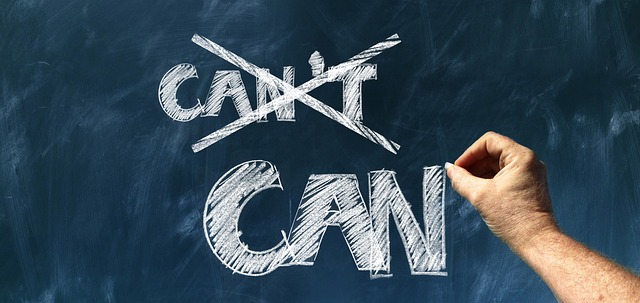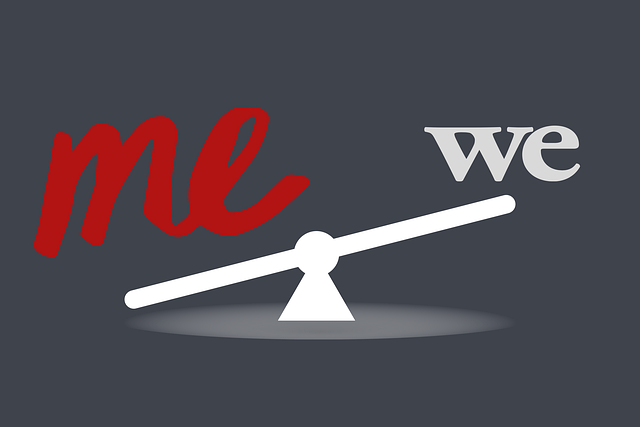Self-Exclusion Tools are versatile mechanisms promoting responsible gaming and personal control over gambling habits by restricting access to online casinos and betting sites. They're also applied in education and other areas for focus enhancement and impulse control. These tools facilitate self-reflection, discipline, and intentional decision-making, contributing to personal growth and goal achievement by limiting access to distracting or hindering elements.
Self-exclusion tools are powerful mechanisms designed to help individuals manage their digital well-being by temporarily or permanently blocking access to specific online platforms or content. This article delves into the understanding and purpose of self-exclusion tools, exploring their functionality in diverse contexts. Additionally, it provides practical strategies for implementing effective self-exclusion techniques to foster personal growth and enhance overall digital wellness.
- Understanding Self-Exclusion Tools and Their Purpose
- How Self-Exclusion Tools Work in Different Contexts
- Implementing Effective Self-Exclusion Strategies for Personal Growth
Understanding Self-Exclusion Tools and Their Purpose

Self-Exclusion Tools are designed to empower individuals in their journey towards responsible gaming and self-control. These tools serve as a means to prevent access to online gambling platforms, allowing users to temporarily or permanently restrict their participation. By implementing such measures, individuals can take proactive steps to avoid the potential pitfalls of excessive gambling.
The primary purpose is to offer a layer of protection and support for those who may be at risk of developing problematic gambling habits. These tools provide an opportunity for self-reflection and personal responsibility, ensuring that gaming remains an enjoyable pastime rather than an adverse influence on one’s life.
How Self-Exclusion Tools Work in Different Contexts

Self-Exclusion Tools are designed to empower individuals and communities by providing a means to temporarily or permanently limit access to certain digital platforms, services, or even physical locations. These tools work by allowing users to set boundaries and take control of their online interactions, helping them manage time spent on specific activities, reduce excessive usage, or prevent potential harm caused by exposure to inappropriate content.
In various contexts, Self-Exclusion Tools cater to diverse needs. For example, in gaming, they enable gamers to limit gameplay time to maintain a healthy balance between virtual and real-world activities. In education, these tools can restrict access to distracting websites during study hours, fostering better concentration. Even in gambling settings, individuals at risk of addiction can use self-exclusion to block their accounts from online casinos or betting sites for a specified period, aiding in responsible gaming practices.
Implementing Effective Self-Exclusion Strategies for Personal Growth

Implementing effective self-exclusion strategies is a powerful tool for personal growth and self-improvement. It involves deliberately removing or limiting access to certain people, places, activities, or media that may hinder your progress or negatively impact your well-being. By using self-exclusion tools, you create a healthier environment, free from distractions or temptations that could derail your goals. This can include setting boundaries with toxic relationships, unfollowing triggering social media accounts, or scheduling dedicated focus time without interruptions.
These strategies allow individuals to gain clarity, reduce impulsivity, and make more intentional decisions. They foster discipline and self-awareness, enabling people to stay on track with their objectives. For instance, athletes might use self-exclusion tools to create a structured routine by blocking access to gaming apps during training hours, ensuring they prioritize physical preparation. Similarly, individuals working on personal projects can maximize productivity by temporarily excluding social media notifications during dedicated work periods.
Self-Exclusion Tools are powerful mechanisms that, when utilized effectively, can foster personal growth and well-being. By understanding their purpose and how they operate in various contexts, individuals can take control of their digital habits and create healthier relationships with technology. Implementing these tools allows for a balanced approach to life, ensuring that digital distractions don’t hinder progress but rather enhance it. Embracing self-exclusion as a strategy enables folks to navigate the modern world mindfully and achieve their goals.






